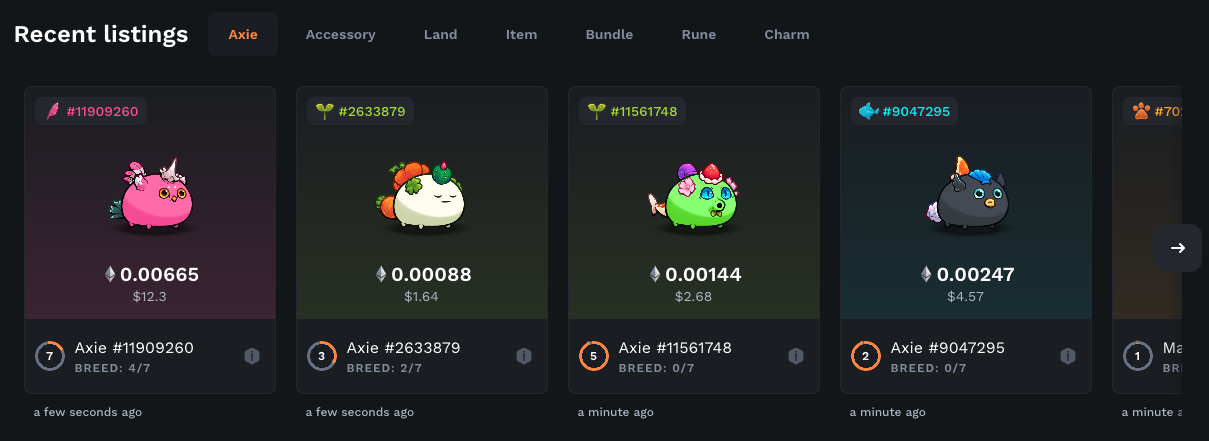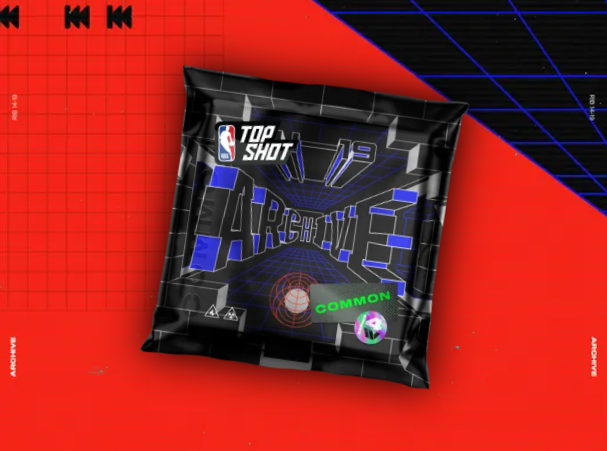
Meaning of NFT explained: What are Non-Fungible Tokens and what it does?
Oct 26, 2023
Meaning of NFT explained: What are Non-Fungible Tokens and what it does?
NFT 101 - Introduction to NFT
Welcome to NFT 101, your gateway to comprehending the fascinating realm of Non-Fungible Tokens, or NFTs. In this article, we will embark on a journey to decipher the meaning of NFTs and unveil the captivating world they inhabit. What are these unique digital assets, and why are they gaining immense attention in the digital space? Let's explore and demystify the world of NFTs together.
What Are NFTs?
Non-Fungible Tokens, often referred to as NFTs, represent a groundbreaking concept in the digital world. At their core, NFTs are cryptographic tokens that serve as proof of ownership for a specific item, whether it be digital or physical. What sets NFTs apart from traditional cryptocurrencies, such as Bitcoin or Ethereum , is their uniqueness and indivisibility.
1. Uniqueness and Indivisibility:
Each NFT is one-of-a-kind. This means that no two NFTs are the same, and they cannot be divided into smaller units like traditional cryptocurrencies. When you own an NFT, you have a digital certificate of authenticity for a singular, distinct item.
2. Ownership and Provenance:
Each NFT is one-of-a-kind. This means that no two NFTs are the same, and they cannot be divided into smaller units like traditional cryptocurrencies. When you own an NFT, you have a digital certificate of authenticity for a singular, distinct item.
NFTs are powered by blockchain technology, a decentralized and secure ledger that records every transaction. This ledger provides a transparent and immutable history of ownership, ensuring that the item's provenance is traceable and cannot be altered. It's this level of transparency and security that has made NFTs an attractive solution for artists, collectors, and creators of digital content.
3. Digital and Physical Assets:
NFTs can represent a wide range of assets, both in the digital and physical realms. They are commonly used for digital art, music, videos, virtual real estate, virtual goods in gaming, and even ownership of rare physical items with associated digital certificates.
To put it simply, NFTs are like digital certificates of authenticity and ownership, each with its own unique value and significance. They have opened up new possibilities for creators, collectors, and investors, reshaping the way we think about ownership in the digital age. In the next sections, we'll delve deeper into how NFTs function and explore their real-world applications.
How NFTs Work
NFTs operate on a fascinating technical foundation, leveraging blockchain technology and smart contracts to ensure transparency, authenticity, and security. Explaining the intricacies of how NFTs work requires a detailed discussion that goes beyond the scope of this article. If you're eager to explore the technical underpinnings and mechanisms of NFTs, we have a dedicated blog post that delves deeper into the inner workings of NFT technology.
To gain a comprehensive understanding of the mechanics behind NFTs, we invite you to check out on how NFT works . In this article, we break down the technical aspects, including blockchain, smart contracts, and the minting process, allowing you to grasp the core mechanics that make NFTs a revolutionary digital innovation.
Real-World Applications
NFTs have rapidly infiltrated various industries, bringing innovative solutions and redefining the concept of ownership. Here are examples of how NFTs are applied in the realms of art, gaming, and collectibles:
1. Art:
NFTs have unleashed a digital renaissance in the art world, allowing artists to tokenize their creations and connect directly with collectors and buyers. Notable artists, like Beeple (Mike Winkelmann) , have made headlines by selling digital art pieces for millions of dollars.
By creating NFTs of their works, artists can establish a verifiable and unique digital identity for each piece. This enables them to retain royalties on future sales and ensures the authenticity of their art in the digital domain.
2. Gaming:
In the gaming industry, NFTs are disrupting the way players interact with virtual goods and assets. Blockchain-based games like Axie Infinity have gained immense popularity. Gamers can purchase, trade, and even breed NFT-based creatures within the game, creating a thriving virtual economy.

Image Source: Axie Infinity
These in-game assets, represented as NFTs, grant players true ownership and the ability to buy, sell, or trade them in and out of the game world. NFTs in gaming also provide a solution for cross-game compatibility, where an item from one game can be used in another, further blurring the lines between virtual and real ownership.
3. Collectibles:
The world of collectibles, both physical and digital, is being transformed by NFTs. Traditional collectibles like trading cards, stamps, and rare memorabilia can now be digitized and represented as NFTs. For instance, the NBA has introduced NBA Top Shot , where basketball highlights are sold as NFT collectibles. Collectors can own a unique piece of basketball history, and the blockchain ensures the rarity and authenticity of these digital collectibles. Similarly, rare virtual items from video games, like limited-edition skins or weapons, are now sold as NFTs, providing players with true ownership and a potential marketplace to trade or sell these items.

Image Source: NBA Top Shot
These examples illustrate how NFTs are breaking new ground in the art, gaming, and collectibles industries. They offer solutions that empower creators and enthusiasts, all while reshaping the way we perceive ownership and value in the digital age. As NFTs continue to evolve, their influence on these and other sectors is likely to grow, offering exciting possibilities for the future.In conclusion, we've embarked on a journey to unravel the fascinating world of NFTs. From understanding their basic concept to exploring their real-world applications in art, gaming, and collectibles, it's clear that NFTs are reshaping the digital landscape and our concept of ownership.
But the story doesn't end here. As we embrace the era of digital ownership, innovative variations like Digital Ownership Tokens (DOTs) are emerging. Marvion, a pioneering figure in this field, introduces DOTs – an evolution that goes beyond the conventional NFT. DOTs embed legal documentation directly into NFTs, providing an additional layer of protection to safeguard artists' intellectual property rights.
Feel free to speak to us if you want to dive deeper into how you can help your business grow through blockchain!
Contact us at info@marvion.media or check out Marvion Labs.


